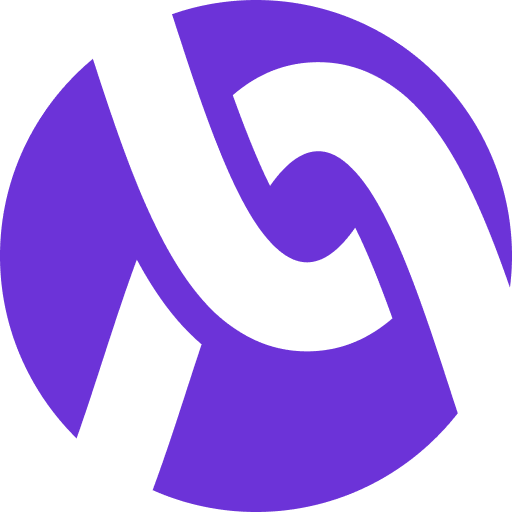Hello everyone. My name is Darren Oates, and I live 30 miles north of Pittsburgh, PA. I am exploring a Master’s degree in IT with a concentration in security. The prompt for this discussion suggests that we investigate our peers’ sources. Since my impetus to take this course was to elevate my skill set, I am not very knowledgeable of some of the topics in great detail. Therefore, the reasoning for my post being research-heavy is to get feedback from the instructor and my peers and to learn more about operating systems. I hope that at the end of this class, I will be able to write learned subject matter material like an expert with minor research.
The major influences that led to the development of Windows were the rise of the IBM PC, the widespread use of the MS-DOS operating system, and the development of graphical user interfaces (GUIs) pioneered by Xerox and popularized by Apple. In 1981, IBM released its Personal Computer (PC) with an open architecture, enabling other companies to manufacture “PC clones”. This openness led to the PC platform’s rapid market dominance. Microsoft provided the command-line operating system for the IBM PC, originally named PC-DOS, and later marketed to other manufacturers as MS-DOS. This gave Microsoft a dominant market position, with MS-DOS running on most personal computers during the 1980s. The need for a better interface: Despite MS-DOS’s market share, its text-based, command-line interface was complex and unfriendly for average users. This created a clear demand for a more intuitive and accessible way for people to interact with their computers.
The concept of a visual, point-and-click interface, which is central to Windows, originated in research labs and was refined in commercial products before Windows was released. The first commercial computer with a GUI, the Xerox Star, was released in 1981. Apple was the first company to bring a successful GUI to the general public with the Lisa in 1983 and the more popular Macintosh in 1984. Windows 1.0, released in 1985, was not a standalone operating system but a graphical “shell” that ran on top of MS-DOS. It was designed to address the complexity of MS-DOS by providing a visual interface. Over time, Microsoft transitioned Windows from a DOS shell to a fully independent and more robust operating system. (Khullar & George, 2025)
The Internet of Things (IoT) is a network of connected devices—like phones, sensors, machines, and even people and animals—that can collect and share data via the internet. Any object with a unique identifier or IP address can be part of this system. Examples range from smartphones and smartwatches to heart monitors, smart cars, and farm sensors.
Each IoT device has an embedded system that gathers and sends data to an IoT hub or gateway for analysis—whether through a mobile app or enterprise software. This enables smarter, more automated processes, reducing labor and enhancing performance across industries.
In manufacturing, IoT devices monitor equipment health and warn of potential failures. Airlines use sensors for real-time engine diagnostics. Agriculture benefits from smart irrigation systems that respond to soil and weather conditions. Even Disney World uses IoT wristbands to streamline visitor experiences and manage park operations.(Eye on Tech, 2023)
To clarify if the Internet of Things (IoT) impacts “mobile” operating systems specifically, I could not ascertain. However, in my research with IoT and “operating systems,” I have learned that IoT (Internet of Things) OS is critical for ensuring seamless connectivity and verbal exchange of IoT gadgets. Traditional Operating Systems, such as Windows or IOS, have not been designed for the unique needs and skills of IoT gadgets. Some of the best IOT operating systems are: Ubuntu Core OS, Contitki OS, RIOT OS, Tiny OS, Tizen OS, Android Things OS, LibreELEC OS, and Linux OS.(GeeksforGeeks, 2025)
If the trend of manufacturing more IoT devices increases, and it will, with the incorporation of AI or specifically edge AI, the possibilities will be endless. My research uncovered uses that are mind-blowing and happening today! An innovative company called “Arm” is leading the way in incorporating IoT technology with AI-“World’s first Armv9 edge AI platform, optimized for IoT with the new Cortex-A320 CPU and Ethos-U85 NPU, enables on-device AI models over one billion parameters.” They use edge AI. “It’s called “edge AI” because the AI computation is done near the user at the edge of the network, close to where the data is located, rather than centrally in a cloud computing facility or private data center”(ARM drives next-generation performance for IOT with world’s first armv9 edge ai platform 2025).
In summary, my thoughts led to whether there is an AI operating system. So, of course, I searched for it and found one. I am not sure if it is truly what we are defining in this course, a traditional OS in its simplest definition, but here it is. ” Warm Wind is the world’s first purpose-built AI operating system—a fully cloud-native platform where AI agents act as “cloud employees” to autonomously execute digital workflows” (Sandeep Kumar JL – AI-Powered SEO and GEO Consultant, 2025).
How the future development of IoT devices could use such an OS would be something out of a sci-fi movie. We could ask our AI agent to locate our lost pets who just had the latest IoT chip implanted into them. We could ask the agent to program various responses in our new Ring doorbells to reply appropriately when not at home to send visitors away. We could give our children smart watches and ask the agent to inform us of elevated or decreased vital signs or unusual locations (a Black Mirror episode-Arkangel). We could have smart thermostats or and cameras that could feel or see fire, and the AI agent would call the fire department for us. The possibilities would be endless with AI and things. Feedback on my sources is greatly appreciated, and I look forward to exploring my fellow students post and sources. Good Studying!
References
ARM drives next-generation performance for IOT with world’s first armv9 edge ai platform. Arm Newsroom. (2025, February 27). https://newsroom.arm.com/news/armv9-edge-ai-platform
Eye on Tech. (2023, October 26). What is IoT (Internet of Things)? An Introduction. YouTube.
GeeksforGeeks. (2025, July 23). IOT operating systems. https://www.geeksforgeeks.org/operating-systems/iot-operating-systems/
Khullar, K., & George, A. (2025, August 2). The history of windows: How the OS has changed over time. Digital Trends. https://www.digitaltrends.com/computing/the-history-of-windows/#:~:text=Windows%2C%20at%20least%20in%201985,giving%20it%20a%20significant%20advantage.
Sandeep Kumar JL – AI-Powered SEO and GEO Consultant. (2025, July 18). Warmwind OS: The World’s first AI operating system. LinkedIn. https://www.linkedin.com/pulse/warmwind-os-worlds-first-ai-operating-system-fvxwc/




